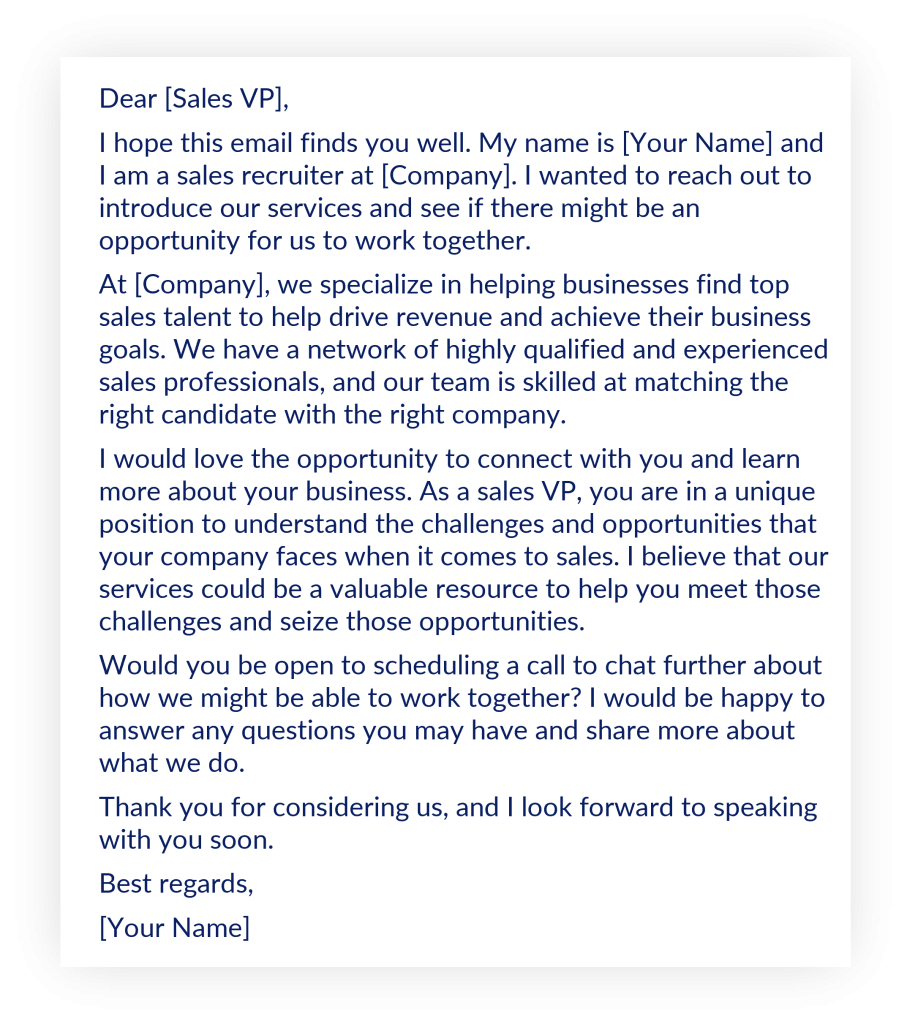
How can salespeople stand out against ChatGPT?
Artificial intelligence (AI) is increasingly embedded in our day-to-day lives, from self-driving cars and automated financial investments to healthcare management and marketing chatbots.
AI is also being deployed to enhance sales performance. According to Gartner, 88% of chief sales officers (CSOs) have already invested in or are considering investing in AI. They are using it to try and boost lead volume, improve closure rates, enhance analytics, and improve forecasting accuracy.
The latest and perhaps most startling game changer is the release of Open AI’s ChatGPT. ChatGPT can do many things including software coding and writing children’s bedtime stories. CHATGPT is also capable of quickly writing personalised prospecting communications with minimal human input. The lack of cost and ease in which ChatGPT can generate these communications suggests that we are heading towards a prospecting landscape dominated by AI formulated content.
But how good is it? And how can real salespeople stand out in a prospecting environment cluttered with AI and bots? As experts in sales and prospecting, Imparta’s team decided to put ChatGPT to the test.
We asked ChatGPT: “Please write a prospecting email from a sales recruiter to a sales VP to introduce your services and request to connect”.
Here is the result:

Impressive, right?
Well yes, in the sense that the AI has written an email based on simple written request – something that we will take for granted soon, but just wasn’t possible until very recently. But how good is it? Would you respond if a real salesperson wrote that to you?
The problem is that ChatGPT has served up the type of drab, un-insightful communication that already gums up our email boxes. ChatGPT is in its infancy, but for now it’s hard to distinguish it from what is already written by poorly trained human salespeople. The only difference is the sheer scale at which AI can churn this out.
Given that thousands upon thousands of AI generated messages will be landing in our clients and targets’ social media channels and email inboxes, how does a salesperson prepare a standout prospecting communication?
At first glance the structure and tone of the AI message looks good, there is some level of personalisation, and the AI has laid out a value proposition and call-to-action in a coherent fashion.
However, if this had been presented as a case example in Imparta’s Prospecting Programme it would be deficient in each of the three dimensions of Imparta’s 3D Advantage® framework. The message does not bring insight to the reader, it does not influence the reader to take action, and it does not build trust. The result is likely to be a quick press on the delete button.
Our best practice for connecting with prospects is summarised below:
INSIGHT
- Talk about possible specific objectives/needs based on your research into the individual, the company and the market.
- Don’t assert that these are relevant for your connection but ask or suggest.
- It’s far better to approach a few people in a truly customised way, than many people with a generic approach.
- Outline capabilities that could help them in ways they may not have considered.
INFLUENCE
- Social proof: Show that others trust you. When people aren’t sure what to do, they look at what their peers are doing.
- Reciprocity: Give something before you ask for something in return. People have an innate desire to repay favours, even if not asked for.
- Loss aversion: Frame the desired action as a way to avoid a loss. People tend to act to avoid a loss more than they do to achieve a gain.
TRUST
- Credibility: Do your homework on the prospect so that the approach is tailored, gaining you credibility.
- Business intimacy: Relate to the prospect as an individual.
- Lack of self-orientation: Suspend your agenda. Focus on theirs.
Let’s assess the ChatGPT email through this lens.

As you can see, the AI email is lacking all three dimensions of Insight, Influence and Trust, and as a result it is likely to have minimal impact when prospecting.
In contrast, imagine you’re a Sales Director or VP, and you receive the following email. How effective would this be in raising your interest compared to the AI-generated one above?

In this example, there is insight into possible issues, as well as solutions. There is strong social proof and a clear indication of the current costs of the problem (“a few people had moved on soon after joining”). Trust is established through the lack of self-orientation (“I’d be happy to share…”) and business intimacy (“I’m keen to hear your thoughts…”).
Whilst AI does show promise when it comes to crafting email outreach for sales prospecting, it is worth noting that this is just one of a choice of available channels. Every individual prospect will have different communication preferences, working habits and things that attract their attention… or antagonise them. Salespeople must diversify and adjust their approach to connecting with prospects, which is something AI is not currently able to do.
Using AI to create prospecting outreach is quick, easy, and scalable. However, there is a trade-off between quality and speed. Salespeople who invest time in researching and creating a 3D Advantage (Insight, Influence and Trust) prospecting communication will have more success in their prospecting than those who take the effortless way.
Instead of being a threat, the proliferation of AI content is an opportunity for salespeople to differentiate their approach and stand out.
If you want to ensure your sales team has the skills to take a strategic and impactful approach to prospecting and account entry, Imparta’s Prospecting Programme – part of our best-in-class modular sales curriculum – might be just what you’re looking for.



